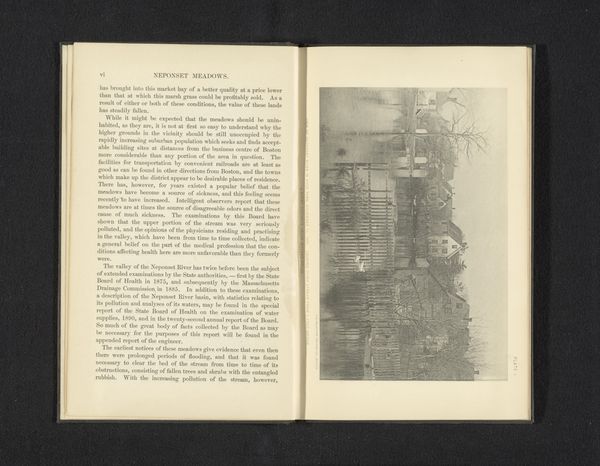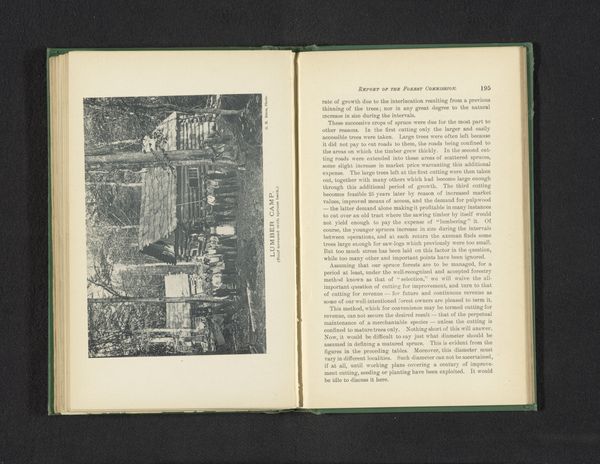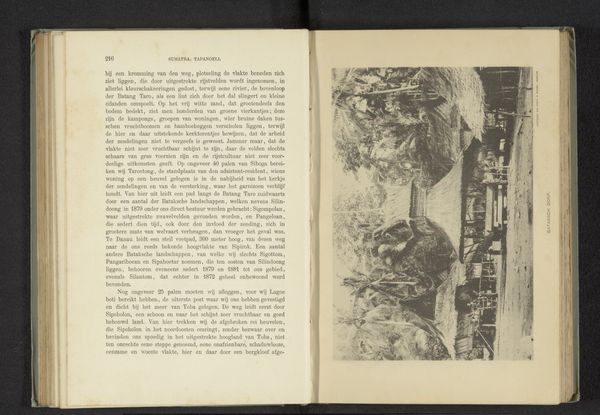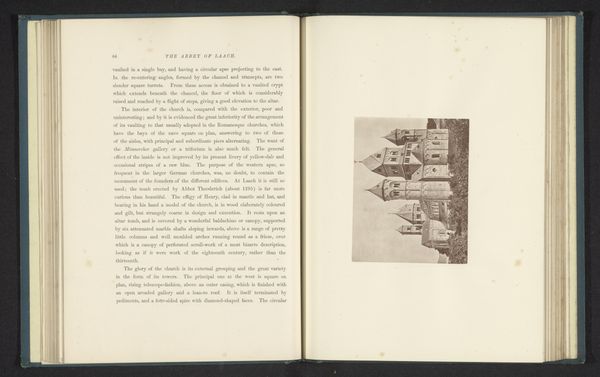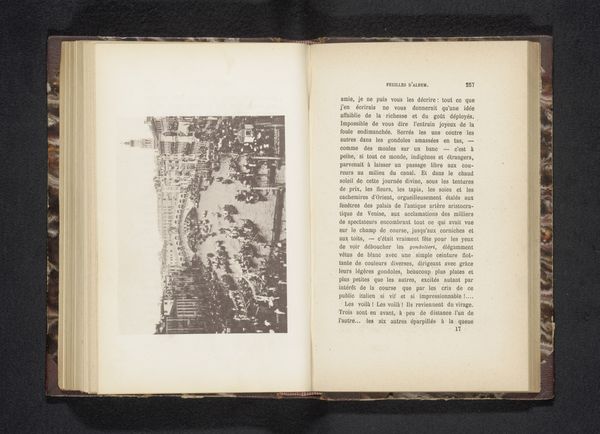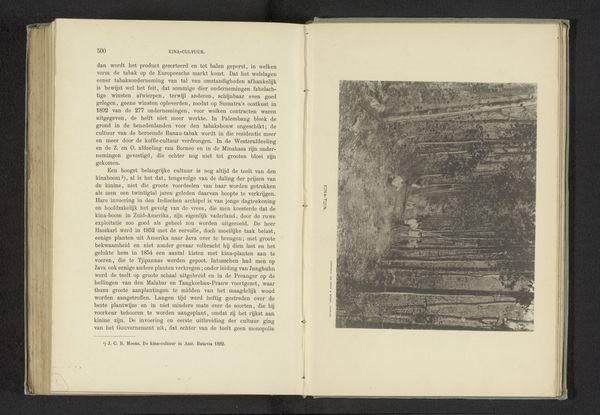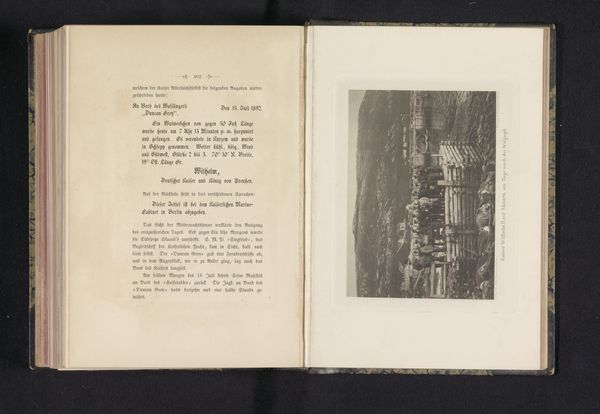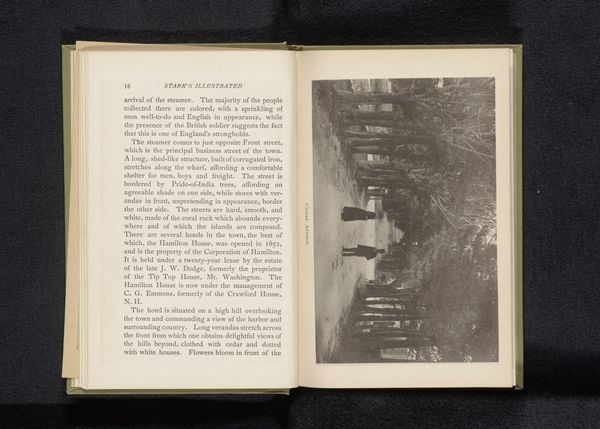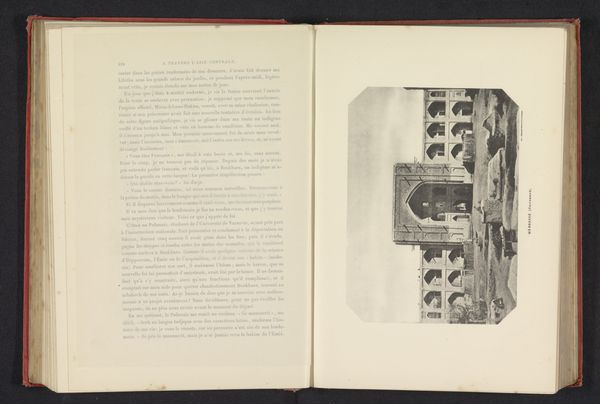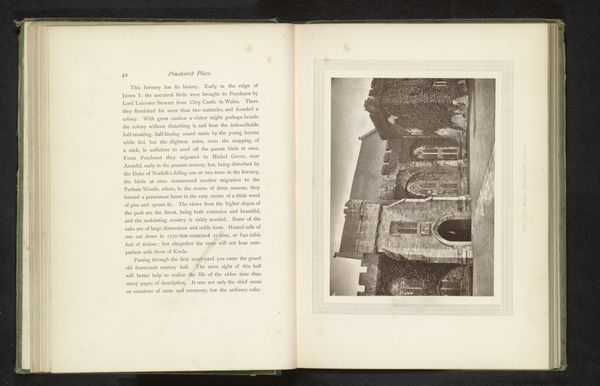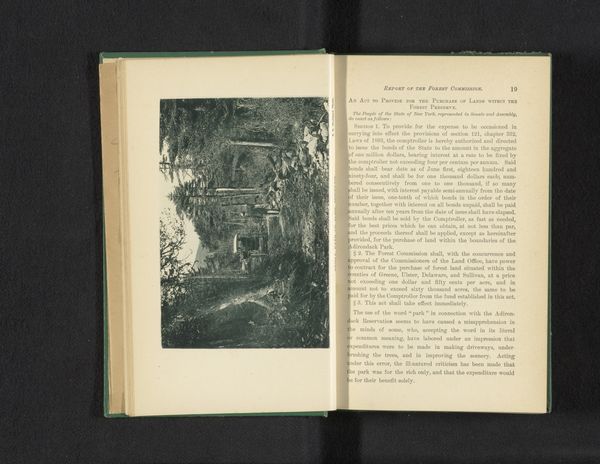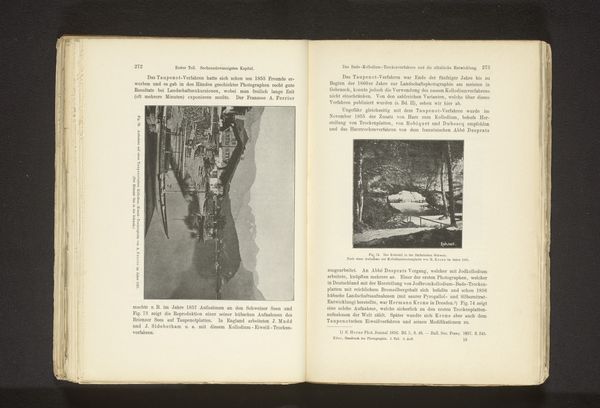
print, photography, collotype
# print
#
asian-art
#
landscape
#
photography
#
collotype
#
ancient-mediterranean
Dimensions: height 118 mm, width 155 mm
Copyright: Rijks Museum: Open Domain
Curator: This collotype, titled “Gezicht op de Borobudur op Java,” comes to us from before 1894. It’s held at the Rijksmuseum, a striking print capturing a monumental scene. Editor: My first impression is how imposing the structure is, even in this small, monochromatic format. The repeated lines, the implied scale—it feels incredibly powerful, almost overwhelming. Curator: Note how the anonymous artist employs the collotype to render both the massive architectural form of the Borobudur and its detailed ornamentation. The tonal range achieved here accentuates its monumentality and emphasizes the geometrical arrangements of the stupas. Editor: What resonates with me is not just the architectural grandeur but also the photograph's potential as a visual archive, reflecting colonial-era exploration and documentation of Southeast Asian cultural sites. We have to ask: who is the intended audience and what are the implications of framing ancient sites through a Western lens? Curator: Indeed, and one cannot ignore the compositional balance, the careful positioning of the viewer in relation to the Borobudur, creates a dialogue between human perception and the timeless monument itself. It draws you into contemplating notions of historical scale. Editor: Exactly! Thinking about it structurally, this photograph performs a flattening of a non-Western historical monument into a two-dimensional image to then be consumed in a book. The use of photography participates in a construction of the East by the West and encourages a passive and consuming way of viewing historical art, without understanding its rituals and community functions. Curator: Still, there is the aesthetic of the print. Look closely at how the surface texture of the collotype mimics, almost replicates, the weathering and the textures of the temple itself, drawing a tangible connection between the image and object represented. Editor: I see the value in dissecting the aesthetic. However, viewing this artwork is also about interrogating power dynamics inherent in the act of visual representation and the enduring legacies of cultural appropriation. The framing is as telling as the monument. Curator: Precisely, and in deconstructing how the image constructs its meaning, perhaps, then, we understand it. Editor: A balance between formal interrogation and decolonial engagement allows for a fuller understanding. A crucial, and fraught, relationship.
Comments
No comments
Be the first to comment and join the conversation on the ultimate creative platform.

